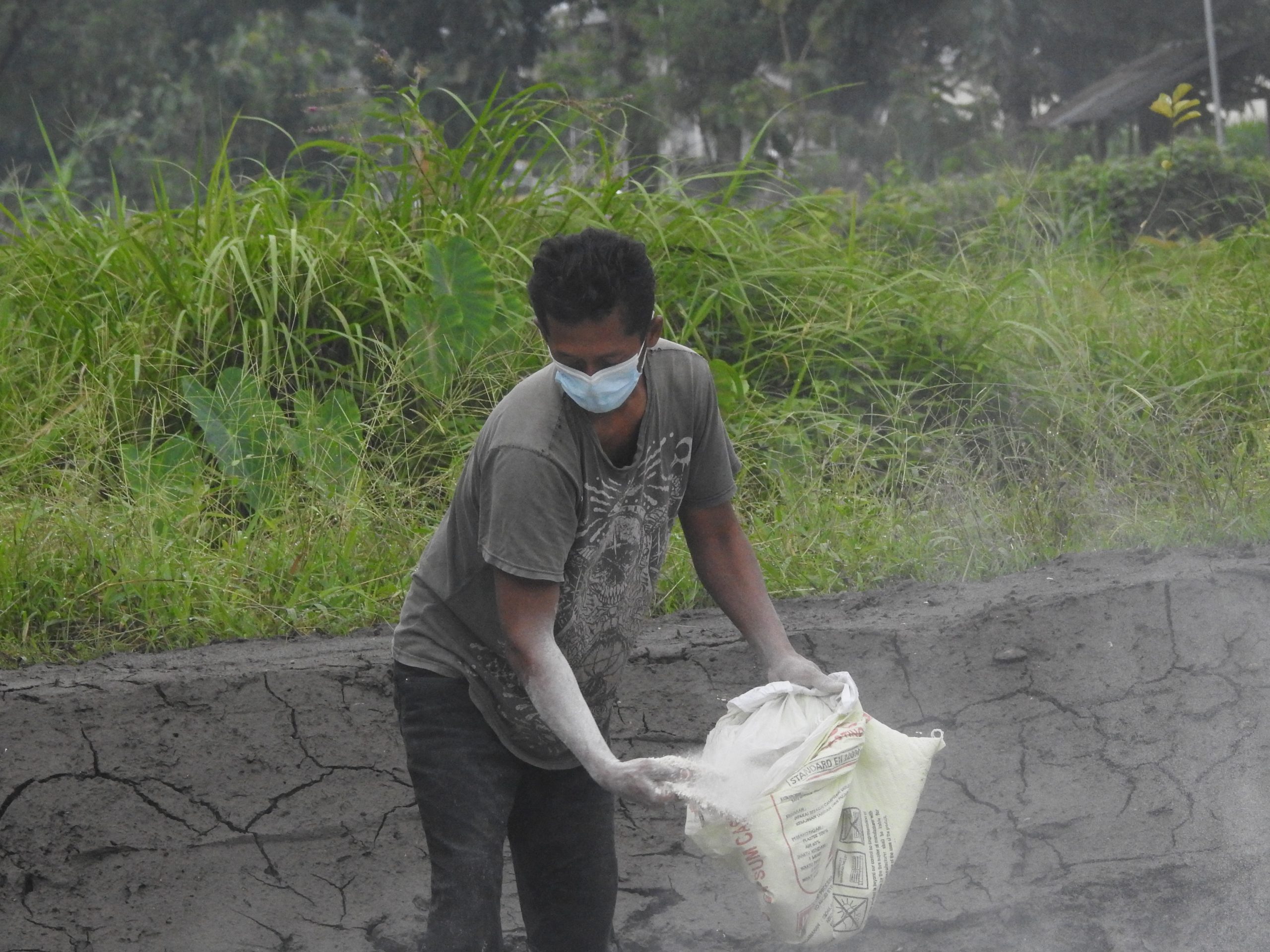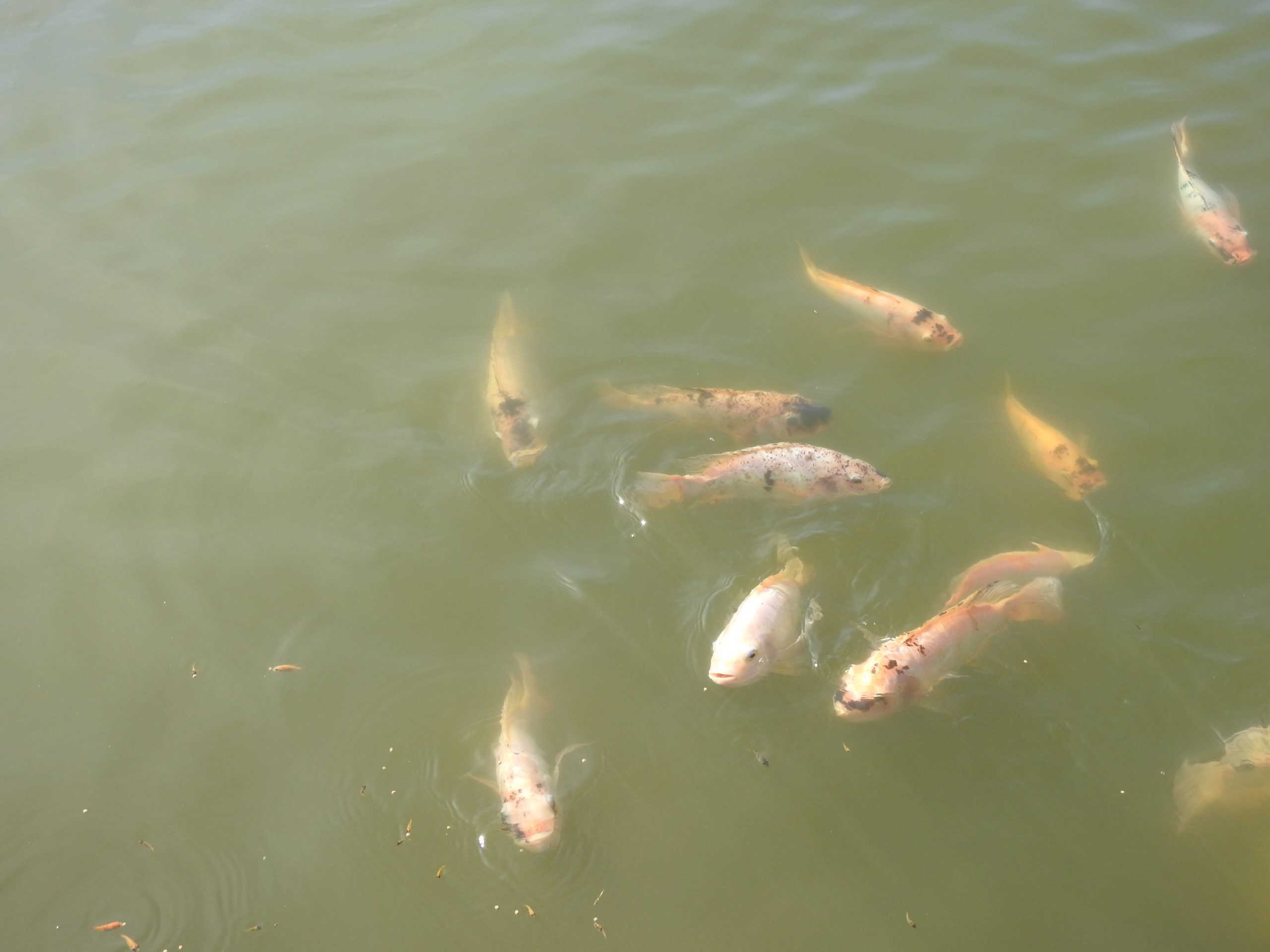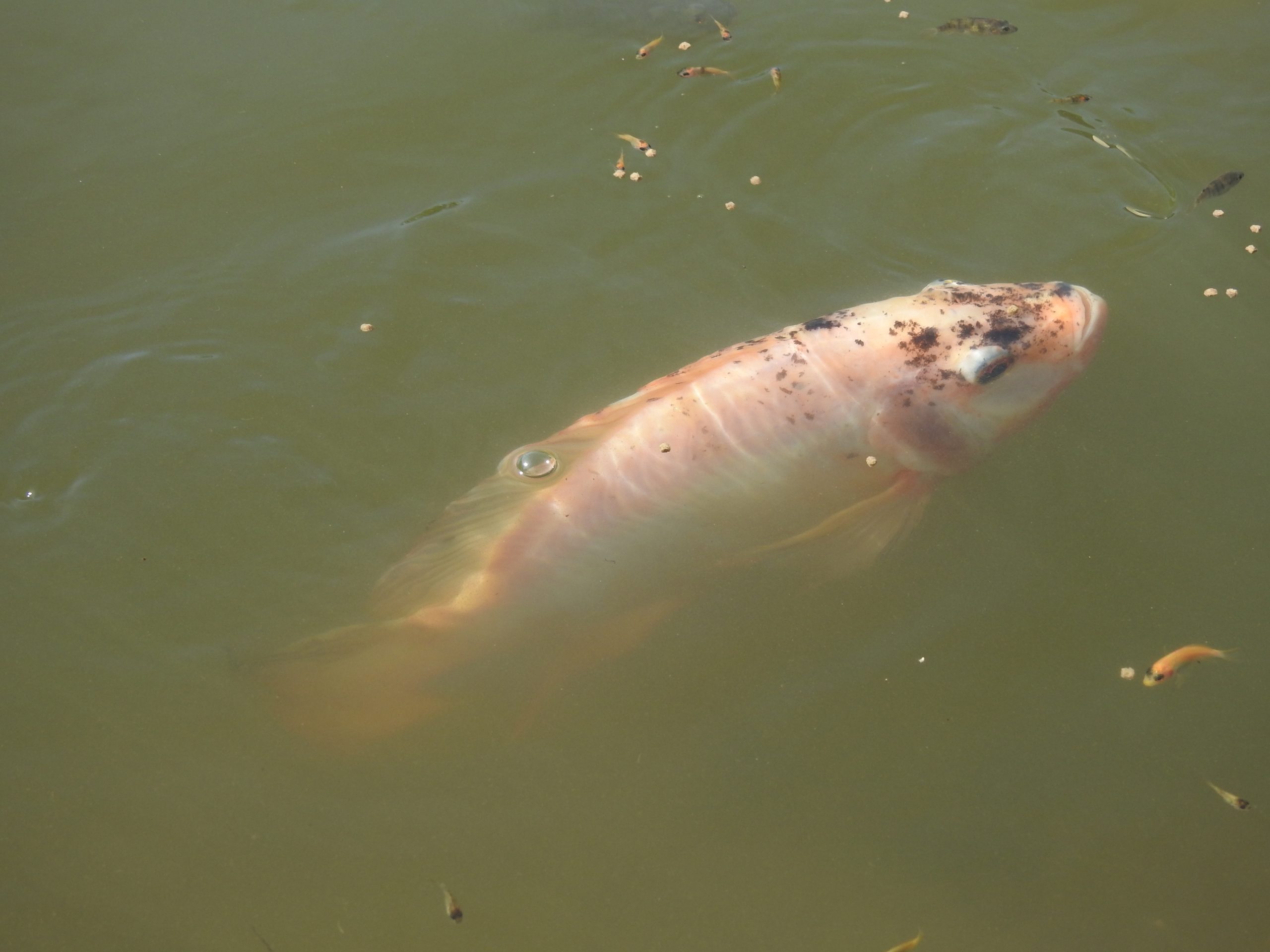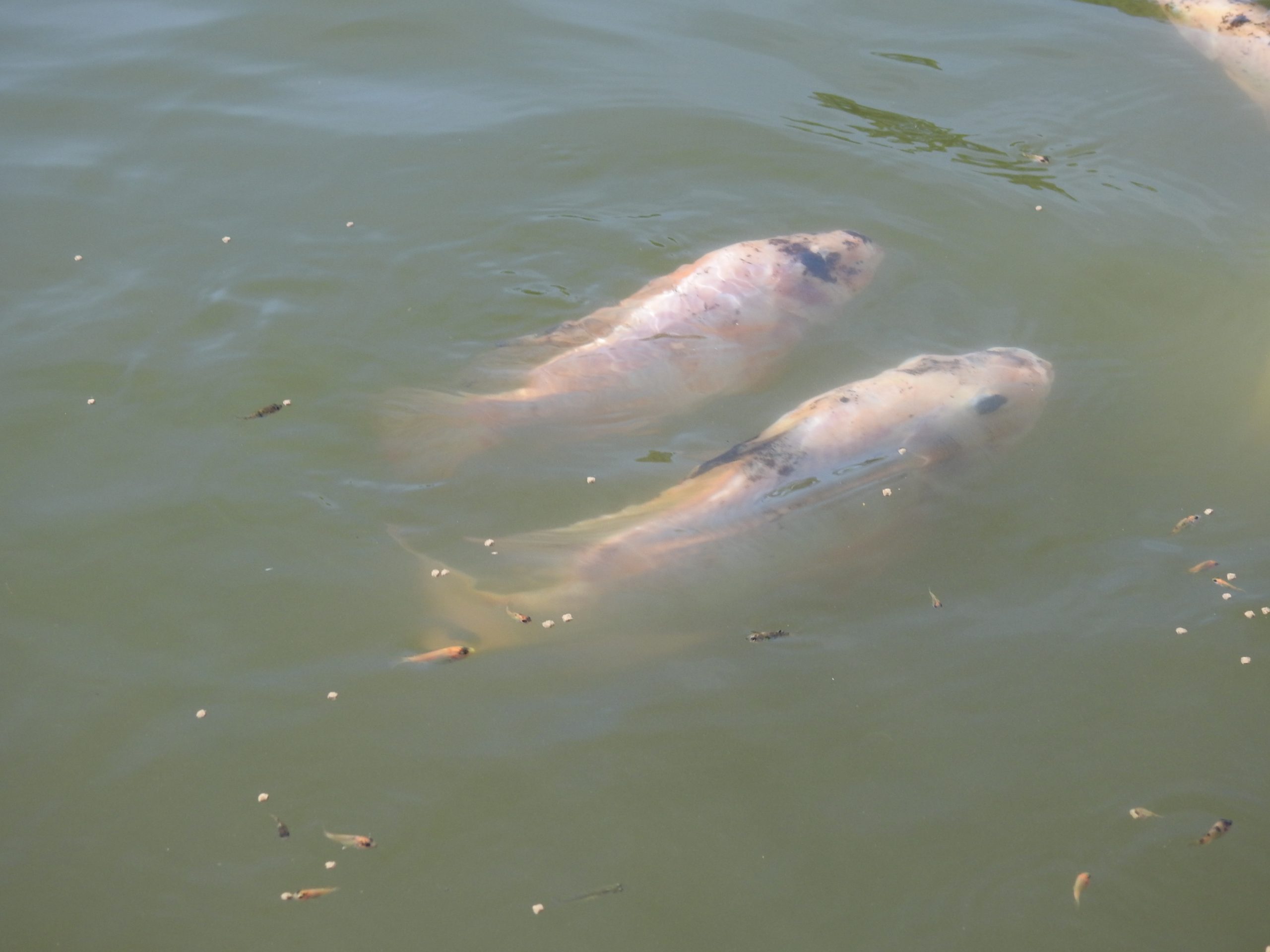
Tilapia (Oreochromis niloticus) is a type of fish that has high economic value and is an important commodity in the freshwater fish business in Indonesia. The development of tilapia aquaculture techniques aims to produce fish that are cheap and accessible for the community. It is hoped that the cheap price of red tilapia will make people consume more tilapia because of its high-quality protein. However, the main obstacle in the development of tilapia in Indonesia is the lack of seed availability at the hatchery level, hence people still difficult to get the best quality of the seeds.
The Center for Agrotechnology Innovation as supporting unit for Universitas Gadjah Mada in the field of agro-science, hatches red tilapia according to the Indonesian National Standardization (BSNi), considering that the production process of fish seed has an impact on the quality of seed produced, hence certain technical requirements are needed.
The first thing that is done in the cultivation of red tilapia is the preparation of hatchery ponds, which can be used as spawning grounds as well as seed maintenance. Things that need to be considered in the making of ponds:
- The soil is hoed with a depth of approximately 1 meter. Then the soil is compacted to form the ponds wall.
- The next step is sterilization using limestone and allowed to dry for the next three days.
- Complete the intake and discharge channels with a fine sieve, hence the wild fish could not enter and the seeds could not escape from the ponds.
- Sterile ponds filled with water.
Second, the spawning process. The breeders owned by PIAT UGM are Citralada types, originating from Thailand, and Larasati which are third generation (F3) of hybrid seeds resulting from crossing various strains, such as Gift, Nifi, Singapore, Citralada, and white tilapia. Both types of breeders were placed in a sterile pond with a male to female ratio of 1:3.
Third, the nursery process. After finishing the spawning process, the breeders is returned to a larger pond, the larvae of the fish seeds are still left in the spawning pond. Harvest seeds could be done after 50-60 days. These high-quality fish seeds are sold to several PIAT partners, and if consumers want to purchase them, they could come directly to the PIAT UGM fishery area.




